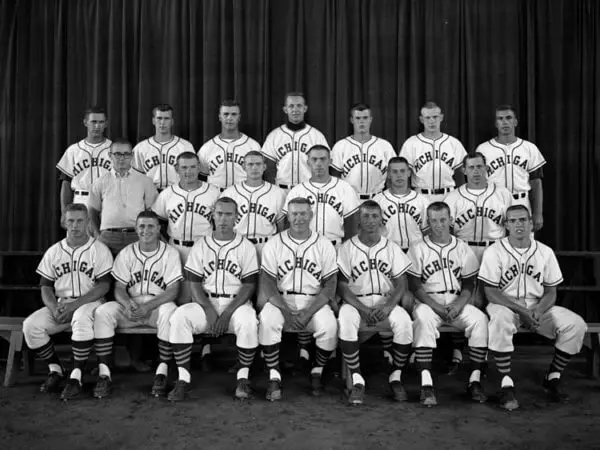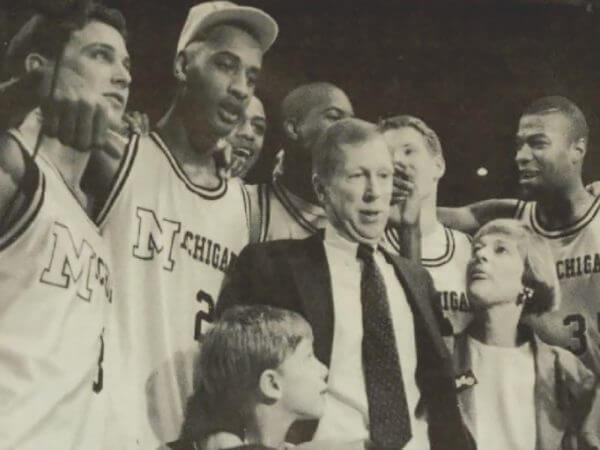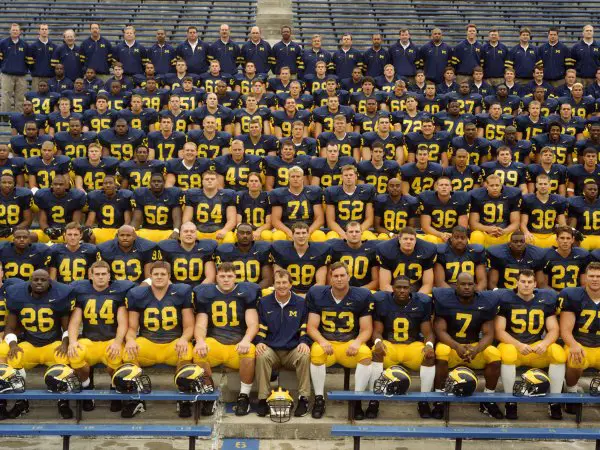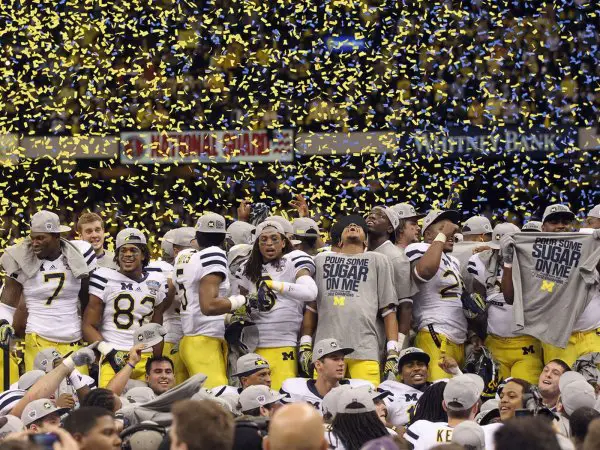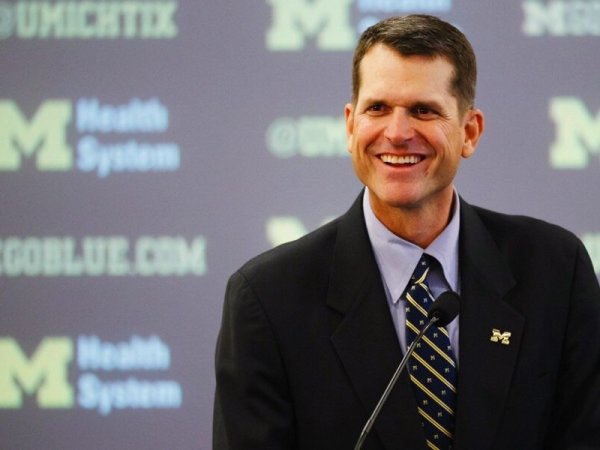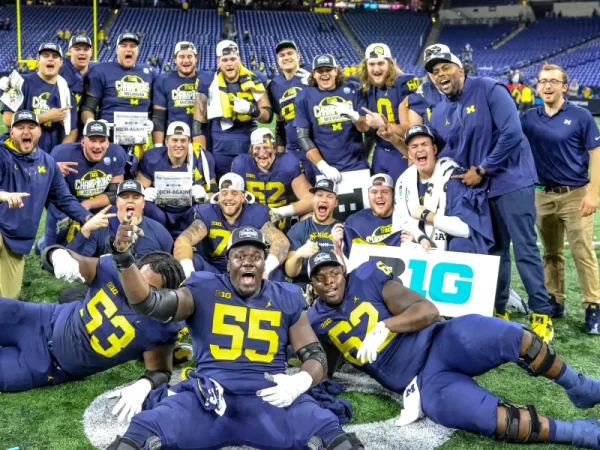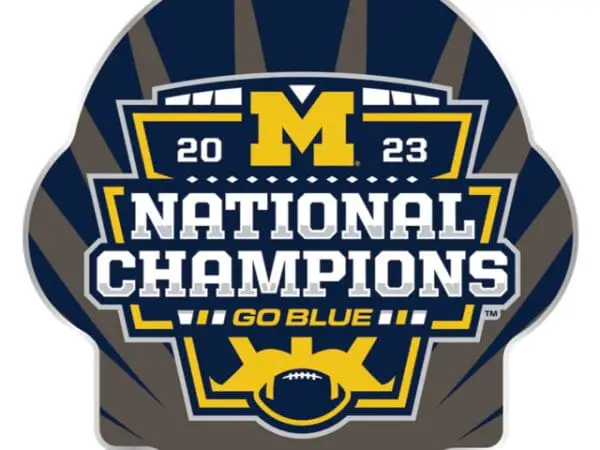
College Sports Established
1879
Location
Ann Arbor, Michigan
College Name
University of Michigan
Collegiate History
1973 - Present / NCAA Division 1
1907 - 1973 / University Division of the NCAA
Conference History
1896 – 1907, 1917 - Present / Big 10 Conference
1907 - 1917 / Independent
Nickname
Wolverines - The Michigan Wolverines are among the most iconic college sports teams in the United States. As part of their long and storied history, they have developed a unique nickname that has become synonymous with excellence: The Wolverines. But where did this name come from?
It all started in 1883 when an Ann Arbor newspaper reporter wrote a story about the University of Michigan athletes who were said to be “as fierce as wolverines” due to their tenacious play on the field. This was adopted by U-M students and alumni alike, who began referring to themselves as “Wolverines” out of pride for their school's athletics program.
Since then, it has been used interchangeably with "Go Blue" or "Michigan." It is now recognized worldwide as one of college sports' greatest nicknames!
While some may think that The Wolverine moniker is derived from animals found within Michigan state lines (which isn't true), there's no denying its power and popularity among fans everywhere—especially those lucky enough to call themselves Michiganders! So next time you cheer on your favorite team at a game or watch them compete online, remember why they're called The Wolverines—it goes much deeper than being cleverly named after an animal native to North America!
NCAA Championships
Baseball 2
1962, 1953
Men's Basketball 1
1989
Women's Basketball 0
Football 12
2023, 1997, 1948, 1947, 1933, 1932, 1923, 1918, 1904, 1903, 1902, 1901
Soccer 0
- 1962
- 1989
- 1997
- 2011
- 2015
- 2022
- 2023
-
Wolverines NCAA World Series 1962
The 1962 NCAA University Division Baseball Tournament was played at the end of the 1962 NCAA University Division baseball season to determine the national champion of college baseball. The tournament concluded with eight teams competing in the College World Series, a double-elimination tournament in its sixteenth year. Eight regional districts sent representatives to the College World Series with preliminary rounds ... -
1989 Michigan Basketball Champs
The 1989 NCAA Division I Men’s Basketball Tournament involved 64 schools playing in single-elimination play to determine the national champion of men’s NCAA Division I college basketball. It began on March 16, 1989, and ended with the championship game on April 3 in Seattle. A total of 63 games were played. Michigan, coached by Steve Fisher, won the national title ... -
Michigan Wolverines won national championship in football
In 1997: The University of Michigan won its tenth national championship in football under coach Lloyd Carr, led by star player Charles Woodson, who also won the Heisman Trophy. -
Wolverines Sugar Bowl victory
In 2011: The University of Michigan hired Brady Hoke as its football coach, who led the Wolverines to their first Sugar Bowl victory since 1984. -
Jim Harbaugh hired as Michigan football coach
In 2015: The University of Michigan hired Jim Harbaugh as its football coach, who has led the Wolverines to four top-15 finishes and a College Football Playoff appearance in 2022. -
Michigan football’s Big Ten Championship win
In 2022: Michigan Football Team wins Big 10 Championship. From the game itself against Purdue, which Michigan football won 43-22. -
Thrilling College Football Championship, as the Wolverines Win 2023
The College Football Playoff National Championship saw a thrilling face-off between the Michigan Wolverines and the Washington Huskies. Both teams entered the championship undefeated, with a 14-0 record, marking their first appearance in the championship game in the College Football Playoff era. This was a significant event as it was the last championship in a four-team playoff before the field ...
To qualify as the greatest player for this team, the player must have played one season for this team. If not, we will remove the player.
* verifies that player has played for this team as an added player by a fan.
History of the Wolverines
The Michigan Wolverines have been a powerhouse in college sports for decades, and their NCAA history is no exception, particularly in their fierce rivalry with the Ohio State Buckeyes. The team has won multiple national championships in football, basketball, hockey, and other sports since the early 1900s, often facing off against their rivalry team, the Michigan State Spartans. From its beginnings as an independent school to its current status as one of the most successful college athletics programs, it's easy to see why so many fans are passionate about this iconic program.
In football alone, Michigan boasts 11 national titles – more than any other school – and 42 conference championships (including six Big Ten titles). The Wolverines also boasts some impressive individual accomplishments: Heisman Trophy winners Tom Harmon (1940) and Desmond Howard (1991), plus Pro Football Hall-of-Famers Bennie Oosterbaan (1925–34) and Dan Dierdorf (1971–74). On top of that success on the gridiron are five Final Four appearances by men’s basketball teams over the years; four NCAA hockey tournament berths; two College World Series appearances by baseball teams; three consecutive women’s volleyball championship wins from 1981–83; plus numerous individual achievements across every sport imaginable.
In addition to these successes on the field or court or ice rink — whichever you prefer — there have been countless off-the-field victories for Michigan Athletics throughout its long history: Academic All-Americans each year since 1989.; nine straight years atop U.S News & World Report's list of “Best Colleges"; dozens upon dozens of Olympians who proudly represented Team USA wearing maize & blue uniforms…and much more!
Whether you're a lifelong fan or just getting acquainted with this storied university program now - it's clear that what makes up "Michigan" isn't limited solely to athletic excellence but something bigger...something special - something timelessly inspiring about being part of Wolverine Nation!

